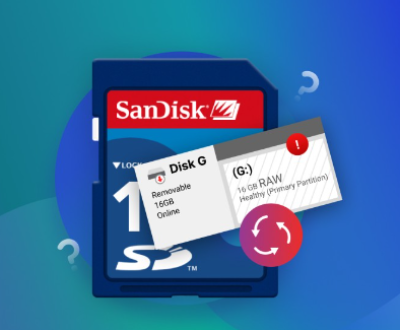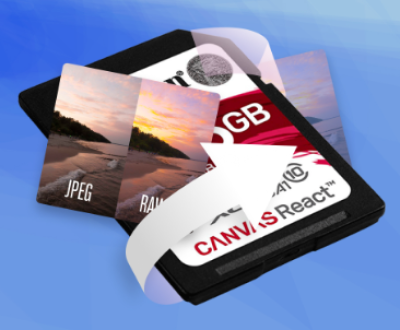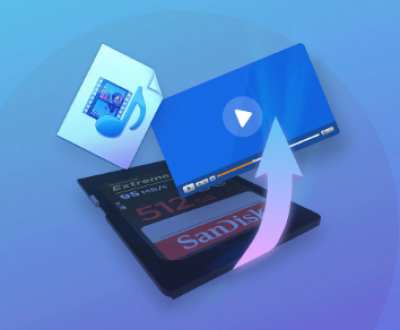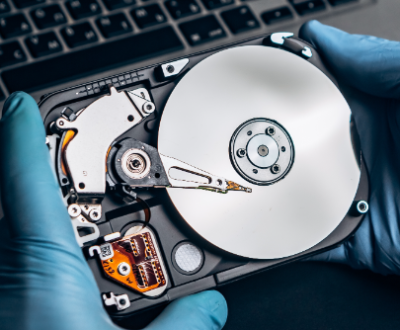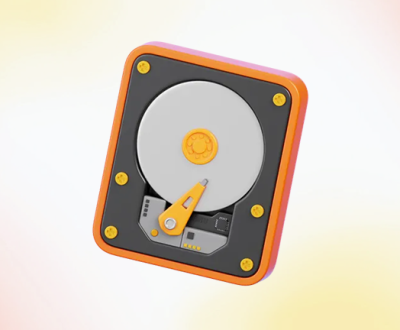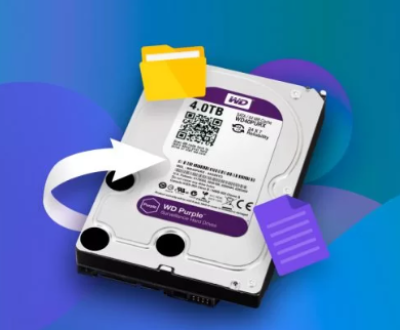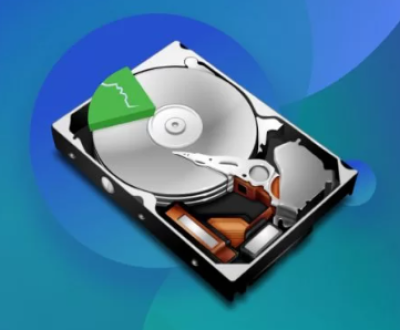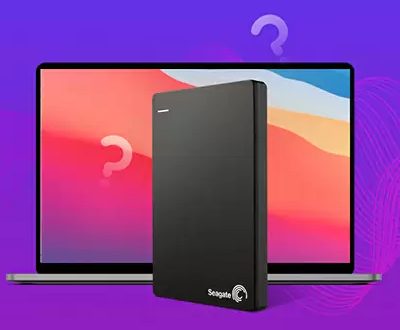As manufacturers develop new features, fix bugs, or add support for new hardware (like CPUs), they release BIOS updates to improve performance and compatibility.
One popular method to perform BIOS updates is through tools like ASRock Instant Flash, which allows users to update BIOS directly from a USB drive no operating system required. It’s fast, efficient, and user-friendly. But when the Instant Flash tool displays “No image file detected”, it brings your upgrade plans to a screeching halt.
Chapter 1: The “No Image File Detected” Error
What is ASRock Instant Flash?
ASRock Instant Flash is a built-in BIOS utility found on most ASRock motherboards. It allows you to:
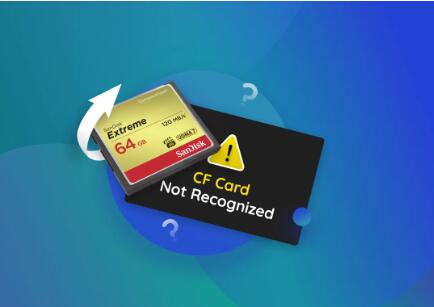
Update BIOS without entering the OS
Perform the update using a USB flash drive
Detect only correctly formatted BIOS files
It’s accessible from the BIOS screen, usually under the Tool tab.
What Does “No Image File Detected” Mean?
When Instant Flash displays “No image file detected”, it means that:
It cannot find a valid BIOS image file on the USB drive.
The file may be incorrectly named or incompatible.
The USB drive may be unreadable, corrupted, or formatted improperly.
The BIOS utility isn’t recognizing the USB stick or folder structure.
Chapter 2: Root Causes of the Error
Here are the most common reasons you’re seeing this error:
Wrong File Format – The BIOS file isn’t extracted or has an incorrect extension (e.g., ZIP or RAR instead of .BIN or .ROM).
Incorrect File Name – Some BIOS tools require a specific filename.
Incorrect Folder Structure – BIOS file is buried in subfolders.
Unsupported USB Format – Only FAT32 is accepted, not NTFS or exFAT.
Large USB Drive (>32GB) – Some boards fail to read large USB drives.
Corrupted BIOS File – Incomplete or interrupted download.
Wrong BIOS File – File doesn’t match the motherboard model.
USB Port Incompatibility – Some motherboards only support USB 2.0 ports during pre-boot.
File is on a partitioned USB drive – Some BIOS tools only read from the first partition.
Chapter 3: Step-by-Step Fixes
Let’s now walk through the step-by-step solutions.
Step 1: Verify Motherboard Model
Before downloading any BIOS file:
Open your case or check your manual to find the exact ASRock model number (e.g., B550M Steel Legend, Z690 Pro4. etc.).
Visit the official ASRock website.
Navigate to Support > BIOS > Downloads.
Download the latest version for your exact motherboard model.
❗ Installing a BIOS from a different model can brick your motherboard.
Step 2: Format Your USB Drive (FAT32)
Use a USB drive no larger than 16GB or 32GB, and format it to FAT32.
On Windows:
Insert USB drive.
Open File Explorer > This PC.
Right-click on the USB drive > Select Format.
Choose:
File system: FAT32
Allocation size: Default
Quick Format: Checked
Click Start.
On macOS:
Open Disk Utility.
Select the USB drive.
Click Erase.
Choose MS-DOS (FAT) and Master Boot Record (MBR).
Click Erase.
Step 3: Extract the BIOS File
Do NOT copy the ZIP or RAR file directly.
Extract the archive using tools like 7-Zip or WinRAR.
You should see a .BIN, .ROM, or .CAP file after extraction.
Sometimes there are readme files—open them for board-specific instructions.
Step 4: Place the File at Root of USB Drive
Do NOT put the BIOS file in subfolders.
Place it directly in the root directory (e.g., E:\B550MSTL.ROM).
Make sure there’s only one BIOS file on the USB to avoid confusion.
Step 5: Rename the File (If Required)
Some motherboards expect specific BIOS filenames (like creative.rom or super.rom). Check:
The manual
ASRock’s support website
The BIOS update instructions included in the ZIP
⚠️ If required and not renamed, the update will fail with “No image file detected.”
Step 6: Use USB 2.0 Ports
Some ASRock boards do not detect USB 3.0 drives during POST.
Plug your USB into a black-colored port (usually USB 2.0).
Avoid using front panel USB ports—use ports directly on the motherboard I/O shield.
Step 7: Enter BIOS and Launch Instant Flash
Reboot your PC.
Press DEL or F2 repeatedly to enter the BIOS.
Navigate to Tool > Instant Flash.
The tool will auto-scan all connected USB drives for valid BIOS files.
If you followed all previous steps, your BIOS file should now appear.
Chapter 4: Advanced Troubleshooting
Try a Different USB Drive
Use a known-good USB 2.0 stick, 8GB–16GB in size.
Some cheap or promotional drives have partitioning quirks that confuse BIOS tools.
Disable Secure Boot and Fast Boot
In BIOS, disable Secure Boot and Fast Boot before attempting Instant Flash.
Reset CMOS
Shut down and unplug your PC.
Use a jumper to short the CLR_CMOS pins (consult your manual).
Alternatively, remove the CMOS battery for 5 minutes.
Chapter 5: BIOS Flashback Alternative
Some ASRock motherboards support BIOS Flashback, which lets you flash BIOS without CPU or RAM.
Steps:
Rename the BIOS file according to your board’s requirements (e.g., creative.rom).
Place it on a FAT32-formatted USB drive.
Insert into the dedicated BIOS USB port.
Press the BIOS Flashback button.
Useful if you’re building a new PC and using a CPU unsupported by your board’s current BIOS.
Chapter 6: Preventing Future Issues
Always verify motherboard model before downloading BIOS files.
Only use FAT32 USB drives for Instant Flash.
Avoid flashing BIOS unless necessary (e.g., CPU upgrade, security fix).
Never power off during a BIOS update—it could permanently brick your board.
Label and dedicate a small USB drive for BIOS updates to avoid file clutter.
About us and this blog
Panda Assistant is built on the latest data recovery algorithms, ensuring that no file is too damaged, too lost, or too corrupted to be recovered.
Request a free quote
We believe that data recovery shouldn’t be a daunting task. That’s why we’ve designed Panda Assistant to be as easy to use as it is powerful. With a few clicks, you can initiate a scan, preview recoverable files, and restore your data all within a matter of minutes.
Subscribe to our newsletter!
More from our blog
See all postsRecent Posts
- How to recover deleted files in sd memory card 2025-07-15
- How to recover lost photos from sd card 2025-07-15
- How do you recover deleted files from sd card 2025-07-15

 Try lt Free
Try lt Free Recovery success rate of up to
Recovery success rate of up to

